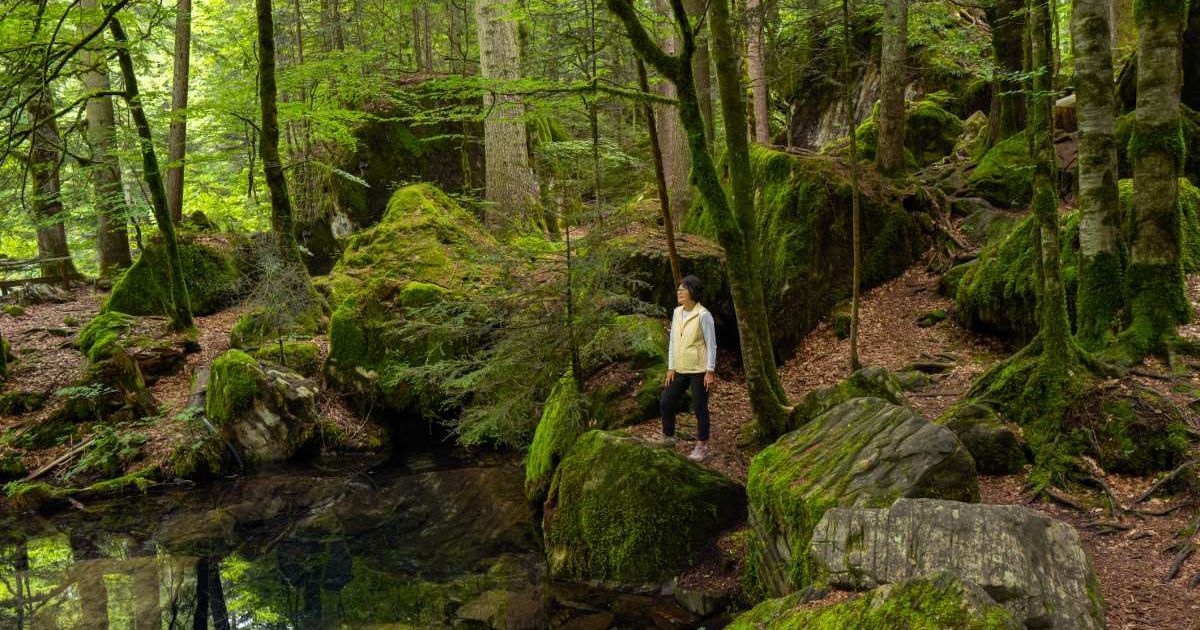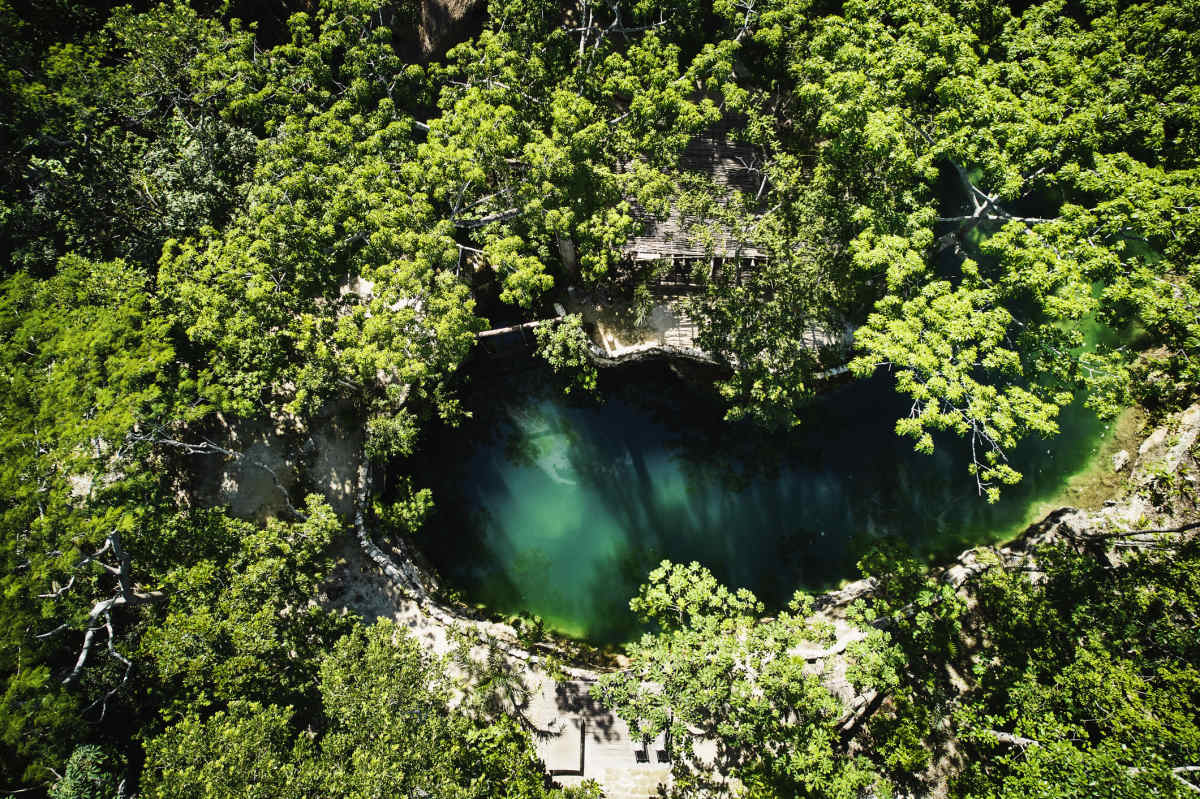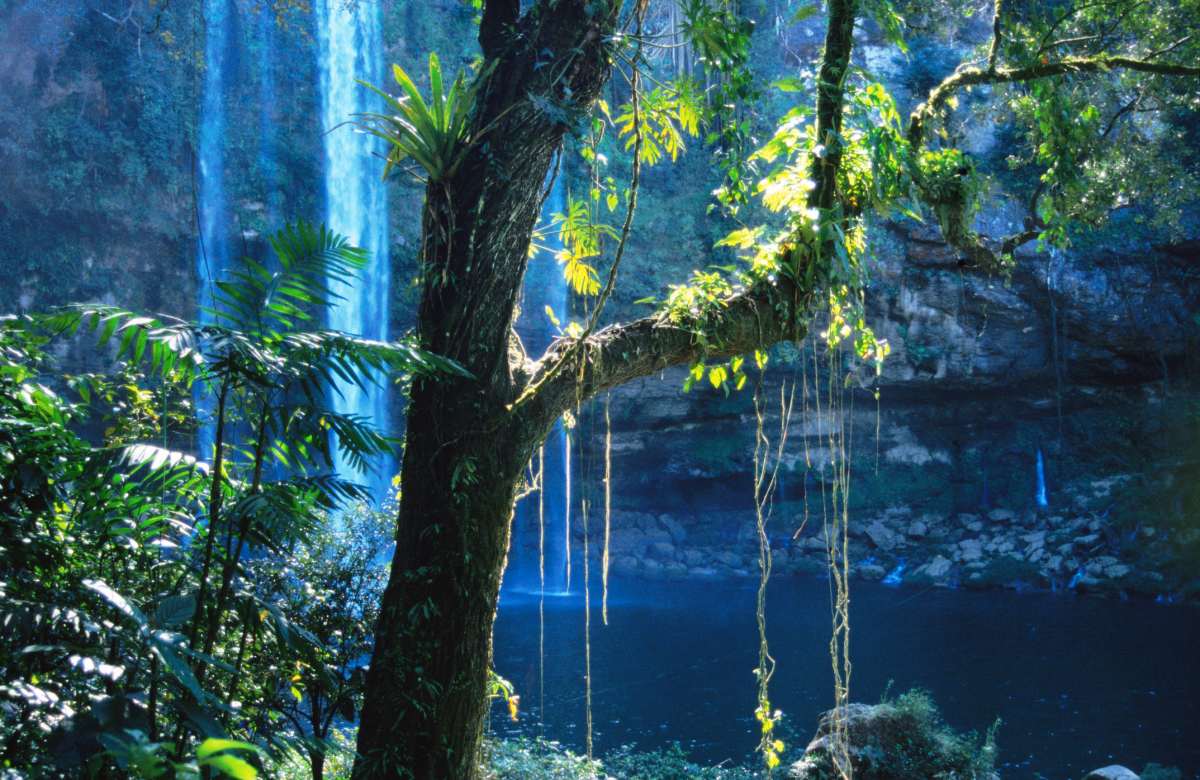Satellite Imagery Reveals the Best Way to Save Tropical Forests — Just Let Them Grow On Their Own

Forests are the lungs of the planet. These days, however, the precious lungs, bejeweled with the bounty of colorful wilderness, are ailing. Triggered by human snaffle, the forests are being ravaged under the turmoil of the climate crisis, excessive logging, and industrial loot. In a study published in the journal Nature, researchers monitored some pantropical forests and documented the “natural regeneration” strategy as an efficient and cost-effective way to revive them. The idea is to “let them grow naturally.” Researchers targeted the tropical forested regions because of their rich diversity and faster growth patterns. Lately, nearly 6% of the forest cover has been lost already.

The objective, therefore, for this study, was to investigate their “regeneration potential” if they were left on their own to grow. As it turned out, nature has its own magical factory, and it is independent enough to decide when the right time is to allow the demise of a forest. The time for the forests hasn’t come, and it won’t come as long as there are humans. Without the lungs of the planet, these tiny wiggly creatures can’t have access to their breath. Humans can breathe only when the plants and trees exhale oxygen and store up the tremendous heat of the carbon dioxide in their bodies. This carbon, too, is a key predictor of a forest’s “regeneration potential,” researchers mentioned in the study.

Over the past few decades, extensive forest restoration has become a “key strategy” for meeting the nature-based sustainable development goals. For this study, particularly, researchers monitored pantropical natural forests from 2000 to 2016 using satellite imagery. The images revealed that about 215 million hectares (530 million acres), an area greater than the entire country of Mexico, has the potential for natural forest regeneration. Natural reforestation costs somewhere between $12 and $3,880, whereas active regeneration methods in the tropics cost somewhere between $105 and $25,830 per hectare, as noted in The Conversation by lead researchers and biologists, Brooke Williams from Queensland University of Technology and Robin Chazdon from the University of Connecticut.

Natural regeneration, they said, is not just more cost-effective, but also paves the way for long-term success, biodiversity revival, and water systems functioning. If the forests in Mexico, for instance, were left to grow back themselves, they would sequester roughly 14 percent of carbon as compared to other tropical forests. This would allow around 23.4 gigatonnes of global carbon emissions over the next three decades, about 50 years' worth of Australia’s carbon emissions.

Three important factors that are likely to promote a forest’s regeneration process include the amount of the surrounding forest, distance to the existing forest, and soil organic carbon content. This suggests that areas with higher levels of landscape degradation and intensive land usage would be less likely to regenerate on a natural basis, researchers reflected in the press release. The data collected from satellite imagery indicated to the researchers that the natural regeneration approach worked better in certain forests than in others.

52% of the forests in Brazil, Indonesia, China, Mexico, and Colombia could naturally regenerate themselves. 90 million hectares in Southeast Asia, Malaysia, and India, plus 98 million hectares in South and Central America, as well as 25.5 million hectares in Africa, depicted a brilliant potential too. And while this process involves nearly no effort from the human end, it can surely be enhanced with the intervention of humans. Assisted natural regeneration may involve removal of invasive species, fencing out grazers, or preventing abrupt fires.
More on Green Matters
Study Finds a Big Factor Causing the Death of Tropical Forests — No, It’s Not Heat or Drought
This Tree in Kenya Has a Hidden Talent — It Can Convert a Greenhouse Gas Into ‘Chalk’
Turns Out, There’s a Tree That Can 'Walk' Around the Forest Whenever It Needs More Sunlight